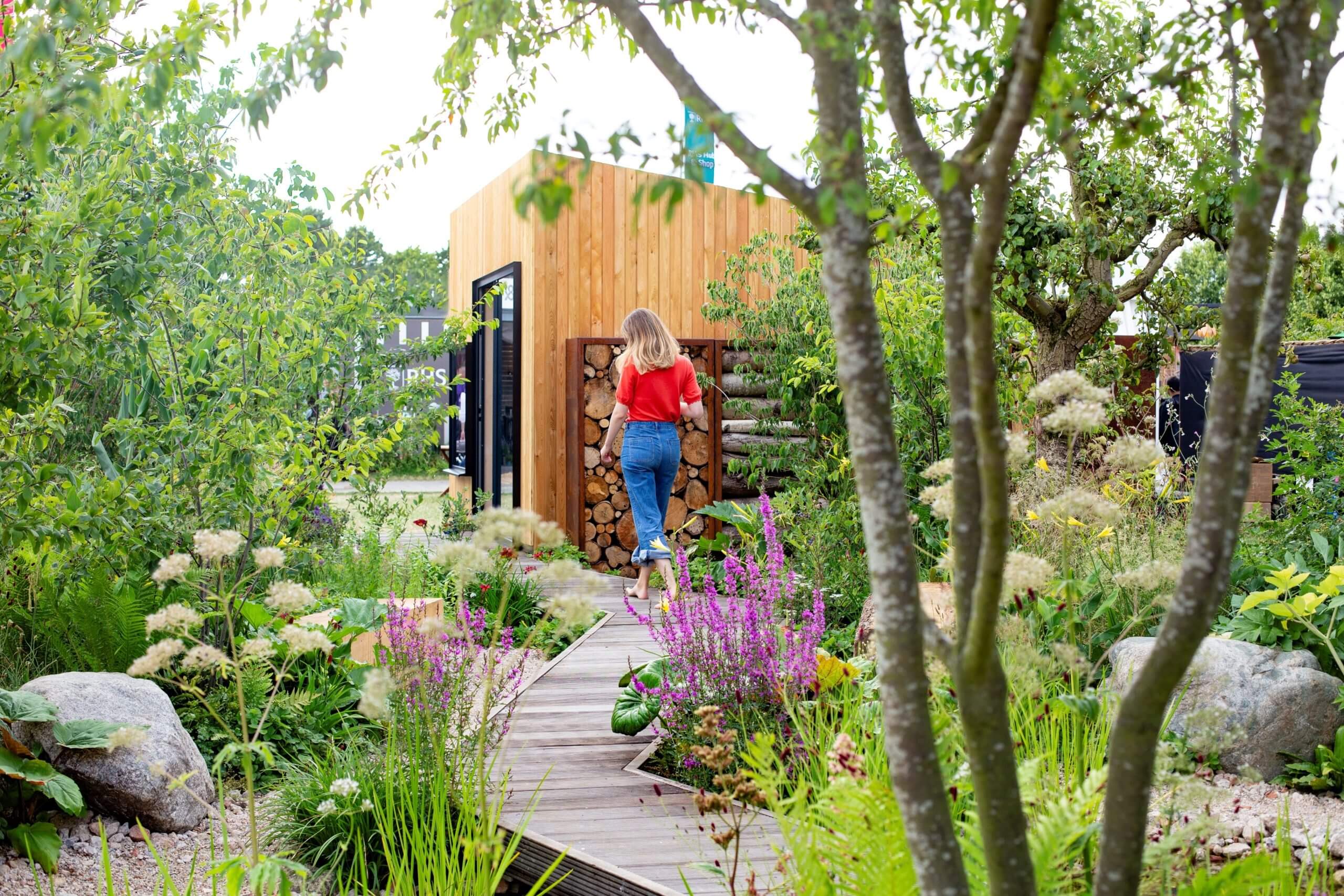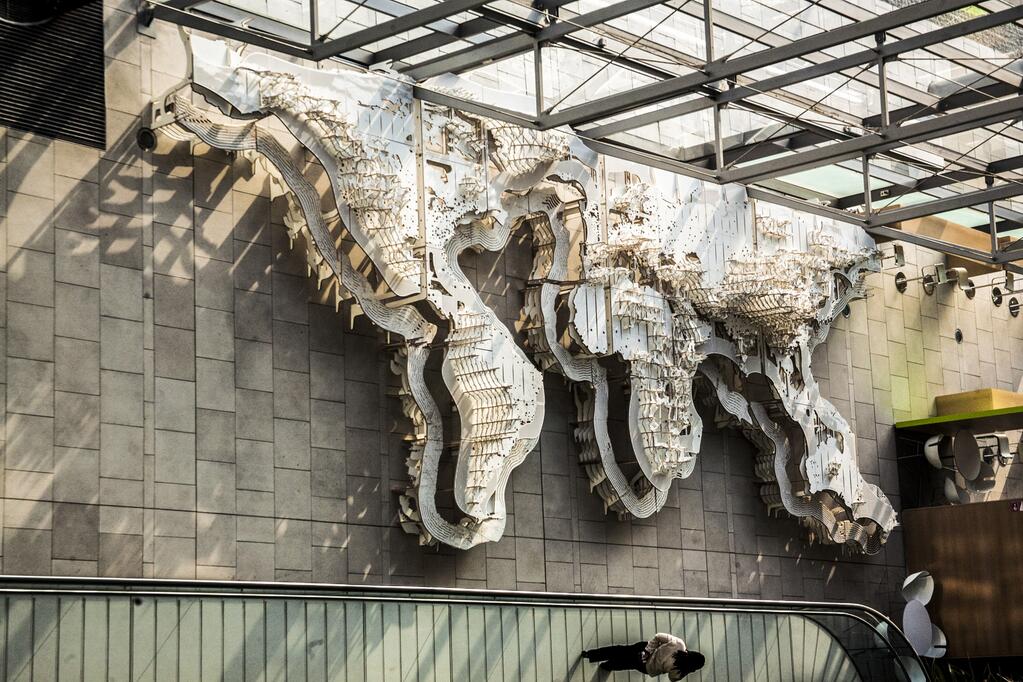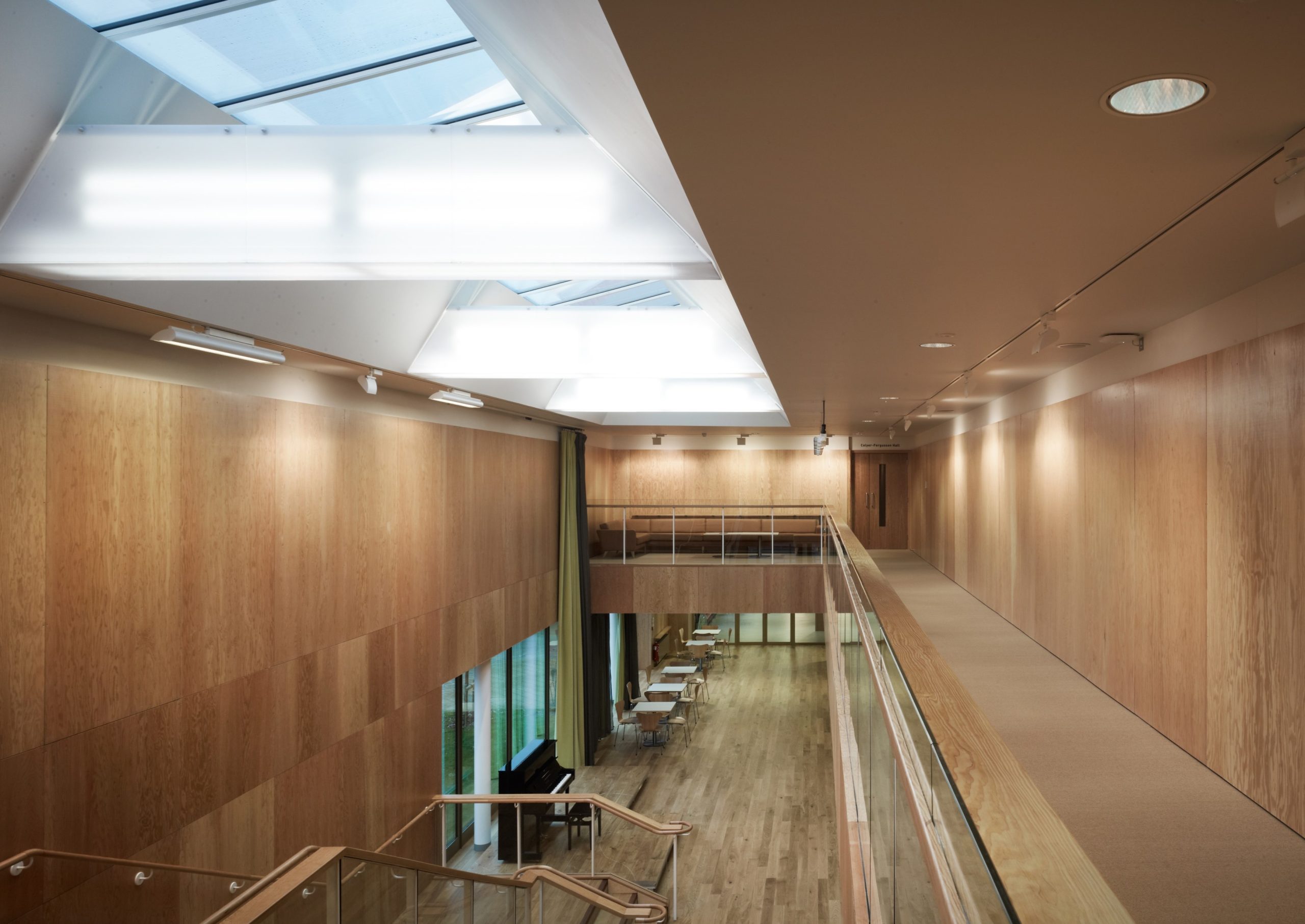The Riwaq Pavilion was an extraordinary Islamic-inspired exterior building; manufactured from plywood supplied by DHH Panel Products. This unique structure was designed to be used as a temporary community arts space at last years’ Brighton Festival; and stood on Hove’s picturesque seafront for a whole month in May.
This impressive structure is the brainchild of Syrian-born architects Marwa Al-Sabouni and Ghassan Jansiz; who wanted to bring a little taste of the Middle East to the festival. Riwaq means ‘Colonnade’ in Arabic, and these types of structure have been commonly used for centuries in Islamic architecture; and in garden design to partition internal and exterior areas of a space.
DHH Panel Products supplied Okoume Marine Plywood for this project, which was used entirely to construct the arches, floor and supporting columns of the structure. The water-resistant and load bearing properties of Okoume mean that this plywood is ideally suited for exterior use as garden buildings and structures, when correctly treated.
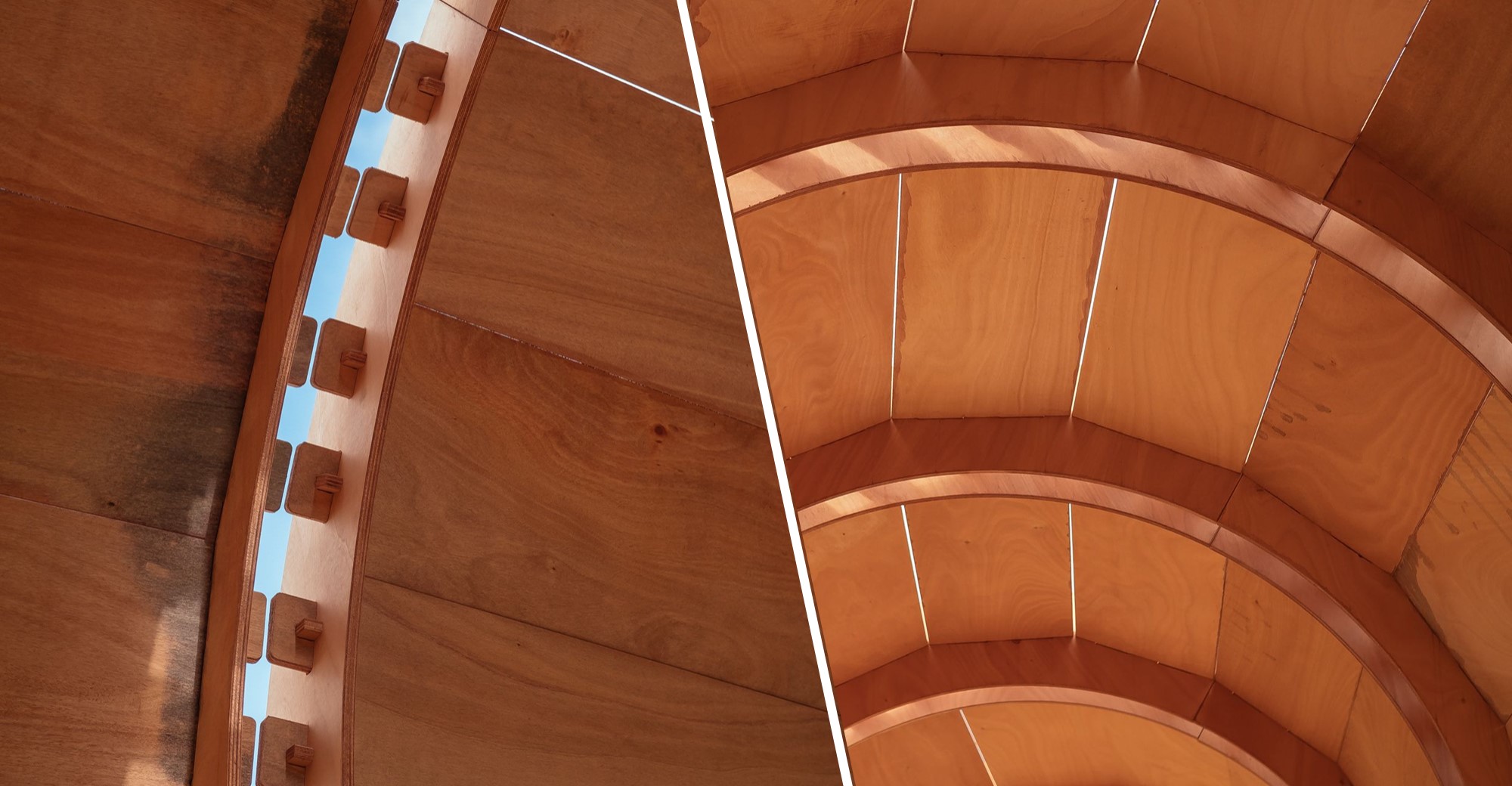
Okoume is additionally very easy to machine, and the exotic hardwood face is a very good visual substitute for the tree species that would have been used in drier, more arid areas of the Middle East in traditional Riwaq construction. In more humid conditions though such as the UK though, a moisture-resistant panel needed to be specified instead.
The curvature and elegance of the Riwaq was achieved using CNC routing techniques, which helped create a very precise and geometrically symmetrical design. It was also used to ‘etch’ traditional decorative designs into the columns and arches of the Riwaq to give it a traditional Islamic appearance.
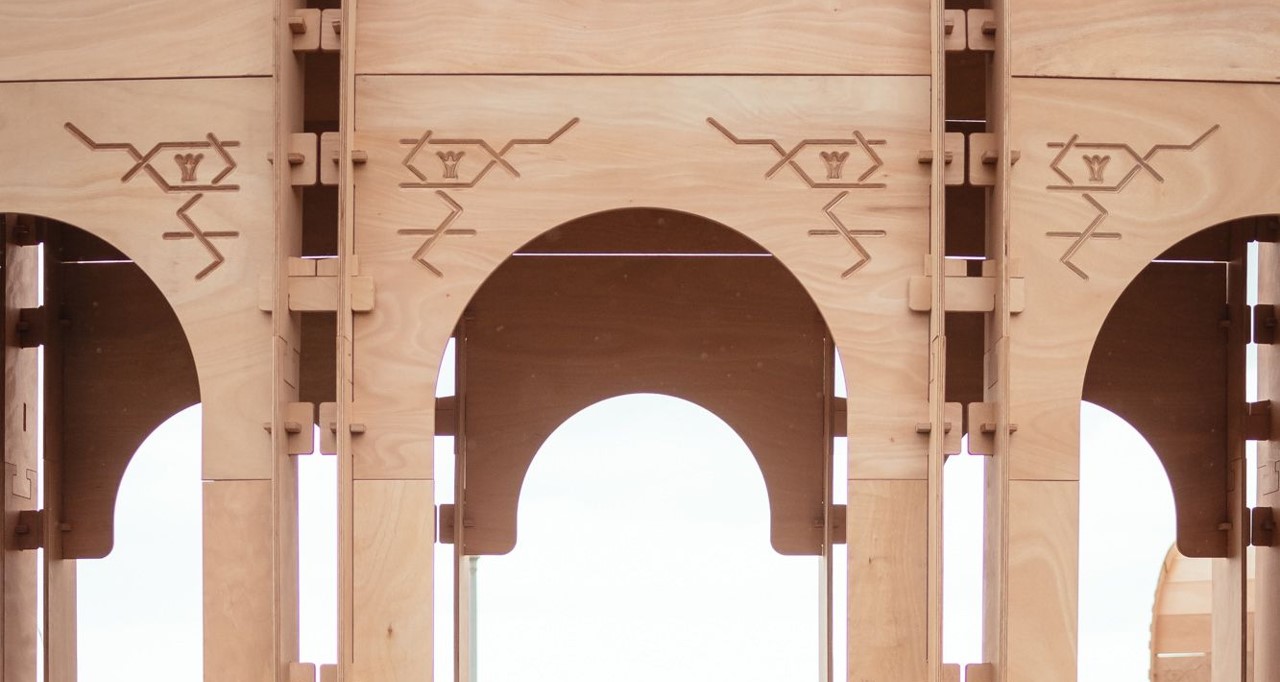
The structure was created ‘flat-pack’ so that it could be easily transported and assembled by a small team of people on-site at the festival. During the festival, the Riwaq hosted a range of cultural events to celebrate the diversity of Brighton and to bring communities closer together.
More information about the Riwaq can be found on Brighton Festival website; along with a time-lapse video that shows the structure being assembled. All of the above photos of the Riwaq were taken by Jim Stephenson.





